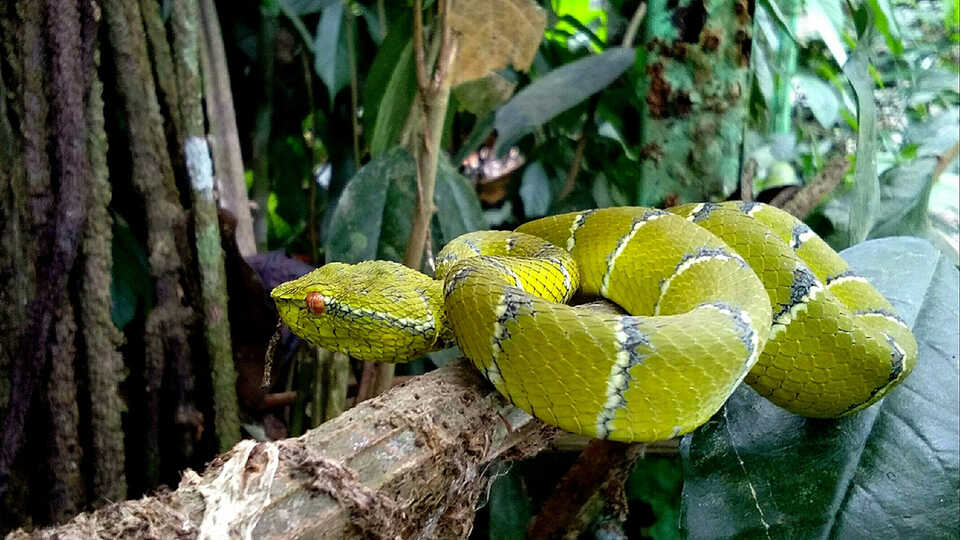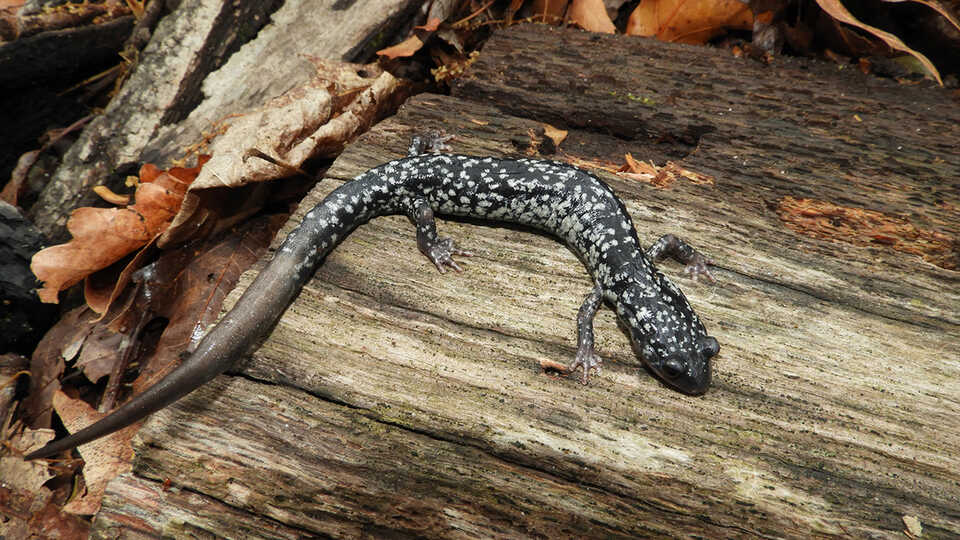The California Academy of Sciences is a renowned scientific and educational institution dedicated to exploring, explaining, and sustaining life. Based in San Francisco’s Golden Gate Park, it is home to a world-class aquarium, planetarium, and natural history museum, as well as innovative programs in scientific research and education—all under one living roof. Please visit calacademy.org and calacademy.org/academy-home for more information on the Academy and our digital offerings.
Over 41,000 citizen scientists—some while sheltering in place—provided valuable observations of how human activity impacts wildlife in urban environments
SAN FRANCISCO (May 4, 2020) — The fifth annual City Nature Challenge results are in! In record participation, over 41,000 people across six continents joined the four-day event—taking part even from their own homes—to document as much biodiversity as possible. In light of COVID-19, this year’s Challenge was not a competition, but rather an opportunity for people to reconnect with nature and each other in a safe and restorative way. People of all ages and science backgrounds submitted pictures of wild plants, animals, and fungi using the free mobile app iNaturalist. From a sighting of a butterfly thought to be extirpated from the U.S. to documenting an uptick in urban wildlife activity due to shelter-in-place orders, the Challenge revealed how humans impact the incredible biodiversity of our planet.
After co-founding and organizing the first-ever Challenge in 2016 as a competition between San Francisco and Los Angeles metro areas, the Natural History Museum of Los Angeles County (NHM) and the California Academy of Sciences have expanded the event to over 240 cities across 40 countries. This year’s Challenge tallied over 815,000 observations, including more than 1,300 rare, endangered, or threatened species; engaged over 41,000 observers (more than ever before); and tallied a record-breaking 32,500 species worldwide. The Challenge would not have been possible without the incredible resilience and adaptability of hundreds of individuals and partner organizations around the globe, who—despite COVID-19—empowered their respective communities to participate however they could while ensuring public health and safety.
As a result of COVID-19, many observations this year were from urban areas (including people’s homes) where biodiversity is often poorly documented. Since human activity in many cities has dramatically reduced to ensure public health, these observations capture an environment in flux, allowing researchers to better understand how the presence—or absence—of humans impacts these unique urban environments.
“I’m so impressed with how many people participated this year, despite the challenges presented by the pandemic,” says Alison Young, co-director of Citizen Science at the Academy and co-founder of the Challenge. “Even with fewer overall observations, there were more observers and documented species than ever before! All of these observations provide important data on urban biodiversity at a rare and critical moment when there is reduced human activity in cities around the world.”
San Francisco Bay Area by the numbers
- Nearly 2,500 observers
- Over 31,400 observations submitted to iNaturalist
- Contributors averaged 12 observations
- Nearly 3,000 species documented
- Most observed species: California poppy (Eschscholzia californica)
San Francisco Bay Area highlights
- Ridgway's Rail. This native bird—endangered due to wetland degradation—spends much of its time hidden in dense vegetation making it difficult to spot.
- Coyotes. With people sheltering in place, it’s becoming more common to spot these nocturnal canines during the day wandering along coastal highways or in public parks.
- California kingsnake. If you are wondering why members of this genus are called kingsnakes, look no further than this photo of one devouring what is likely a rattlesnake in Sonoma.
- Black fly pupae. While we are used to them buzzing around our heads, this family of flies begin their life cycle in water. During the pupal stage, filaments jut out into the water to catch food particles until the flies have matured enough to rise to the surface in an air bubble and emerge as fully-formed adults.
- Oriental false hawksbeard. Native to eastern Asia, this flowering plant is now found throughout the world. While most observations in California have been in the south, the weedy species has recently begun to emerge in the Bay Area.
World by the numbers
- Over 41,000 observers
- More than 815,000 observations submitted
- Contributors averaged 19 observations each
- Nearly 32,600 species documented, including over 1,300 rare, endangered, or threatened species
- Most observed species: Common dandelion (Taraxacum officinale)
World highlights
Highlights from around the U.S. and the world include a relatable fox squirrel trying to beat the heat in Los Angeles, a spotted harlequin snake midway through a meal in South Africa, an amethyst hairstreak butterfly—nearly extirpated in the United States—in Florida, a critically endangered harlequin frog in Panama, three sea-faring snails racing across a puddle in Calabasas, Honduras’s first observation of a rare orchid, a parasitic fungus erupting from a wasp in Tennessee, a stunning pitviper from the Philippines, and the first record in over 40 years of a white-spotted slimy salamander in Arlington County near Washington D.C.
“In many ways, this year spoke to what is at the heart of the City Nature Challenge,” says Young. “Yes, it is an important citizen science collaboration that collects valuable observational data. But it is also an opportunity for people around the world to share in the healing power of nature and connect with one another.”
By participating in the City Nature Challenge this year, tens of thousands of people from across the globe safely connected with nature and joined iNaturalist’s community of citizen scientists, all while providing important biodiversity data that will help create a more harmonious coexistence for all life on our planet.
Partner city observations and hi-res photos available upon request.
The Natural History Museums of Los Angeles County (NHMLAC) include the Natural History Museum, La Brea Tar Pits, and the William S. Hart Museum. They operate under the collective vision to inspire wonder, discovery, and responsibility for our natural and cultural worlds. The museums hold one of the world’s most extensive and valuable collections of natural and cultural history—more than 35 million objects. Using these collections for groundbreaking scientific and historic research, the museums also incorporate them into on- and offsite nature and culture exploration in L.A. neighborhoods, and a slate of community science programs—creating indoor-outdoor visitor experience that explore the past, present, and future. Visit nhmlac.org and nhmlac.org/connects to explore collections, science and community engagement experience digitally.
Press Contacts
If you are a journalist and would like to receive Academy press releases please contact press@calacademy.org.
Digital Assets
Hi-res and low-res image downloads are available for editorial use. Contact us at press@calacademy.org to request access.




